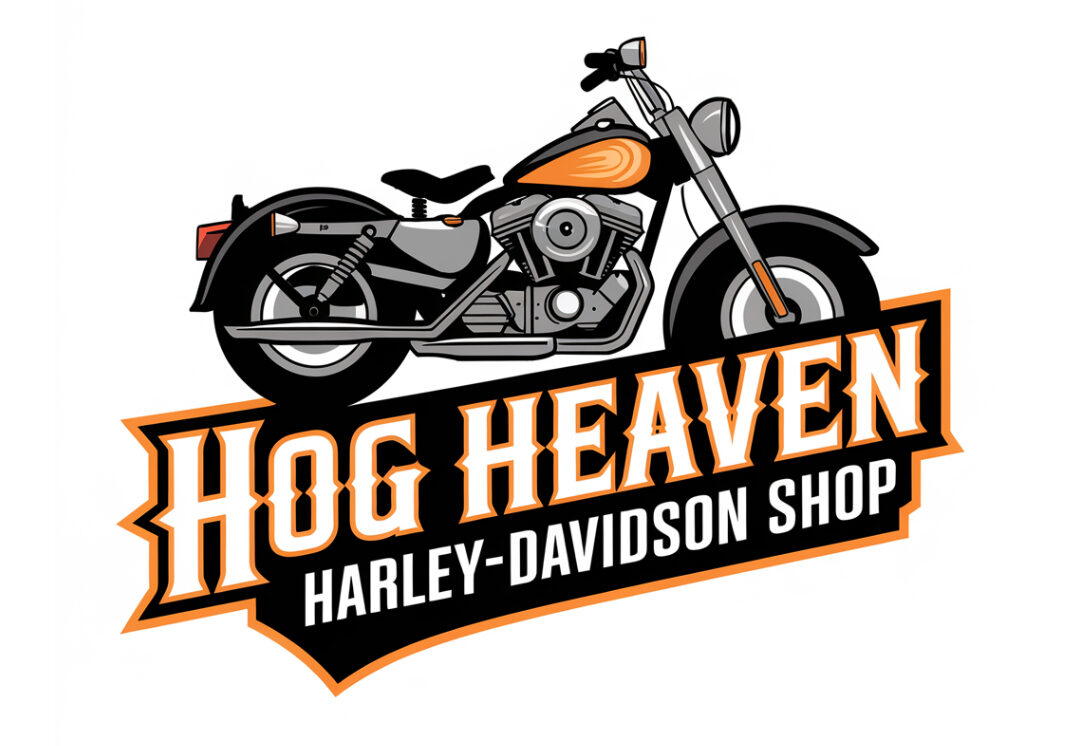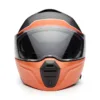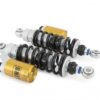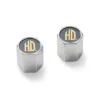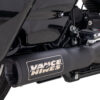Maintaining your Harley-Davidson motorcycle is crucial for ensuring its longevity and optimal performance. Regular maintenance not only keeps your bike running smoothly but also helps prevent costly repairs down the line.
This guide will explore essential spares and maintenance practices that every Harley Davidson owner should know.
The Importance of Regular Maintenance
Regular maintenance is vital for the health of your Harley. It is recommended to have your motorcycle professionally serviced at key intervals—specifically at 1,000 miles, followed by every 5,000 miles thereafter.
This schedule allows mechanics to check critical components and perform necessary services such as oil changes and brake inspections.
Essential Harley Davidson Parts for Maintenance
1. Engine Oil and Filters
- Oil Changes: Regular oil changes are essential for engine health. If you’re using mineral-based oil, change it every 2,000 miles; for synthetic oil, every 5,000 miles is recommended. Always replace the oil filter when changing the oil to keep the engine clean.
2. Air Filters
- Air Filter Replacement: The air filter should be inspected and replaced as needed to ensure proper airflow to the engine. A clean air filter improves performance and fuel efficiency.
3. Brake Components
- Brake Pads and Fluid: Regularly inspect brake pads for wear and replace them when they reach the minimum thickness specified in your owner’s manual. Additionally, check brake fluid levels and replace fluid every two years or sooner if moisture content is high.
4. Tires
- Tire Maintenance: Check tire pressure before each ride and inspect tires for adequate tread and any signs of damage or uneven wear. Proper tire maintenance is crucial for safety and handling.
5. Spark Plugs
- Spark Plug Replacement: Spark plugs should be replaced every two years or after 30,000 miles, whichever comes first. Worn spark plugs can lead to poor engine performance.
Additional Maintenance Tips
6. Electrical System Checks
- Regularly check all electrical components, including lights, switches, and battery connections. Ensure that terminals are clean and free of corrosion to maintain a reliable electrical system.
7. Lubrication of Moving Parts
- Lubricate components such as the primary chain, clutch, throttle cables, and jiffy stand regularly to ensure smooth operation and prevent wear.
8. Inspecting for Leaks
- During routine checks, look for leaks in the exhaust system, oil lines, and brake systems. Addressing leaks promptly can prevent more significant issues later on.
DIY Maintenance vs. Professional Service
While many maintenance tasks can be performed at home with basic tools and knowledge, some services are best left to certified mechanics. Tasks like adjusting the clutch or performing comprehensive inspections should be handled by professionals to ensure safety and accuracy.
Conclusion
Maintaining your Harley-Davidson motorcycle requires diligence and attention to detail. By regularly checking essential spare parts and adhering to a strict maintenance schedule, you can enjoy a reliable ride that lasts for years to come.
Whether you choose to perform basic maintenance yourself or seek professional help, being proactive about care will keep your Harley in peak condition on the road.
